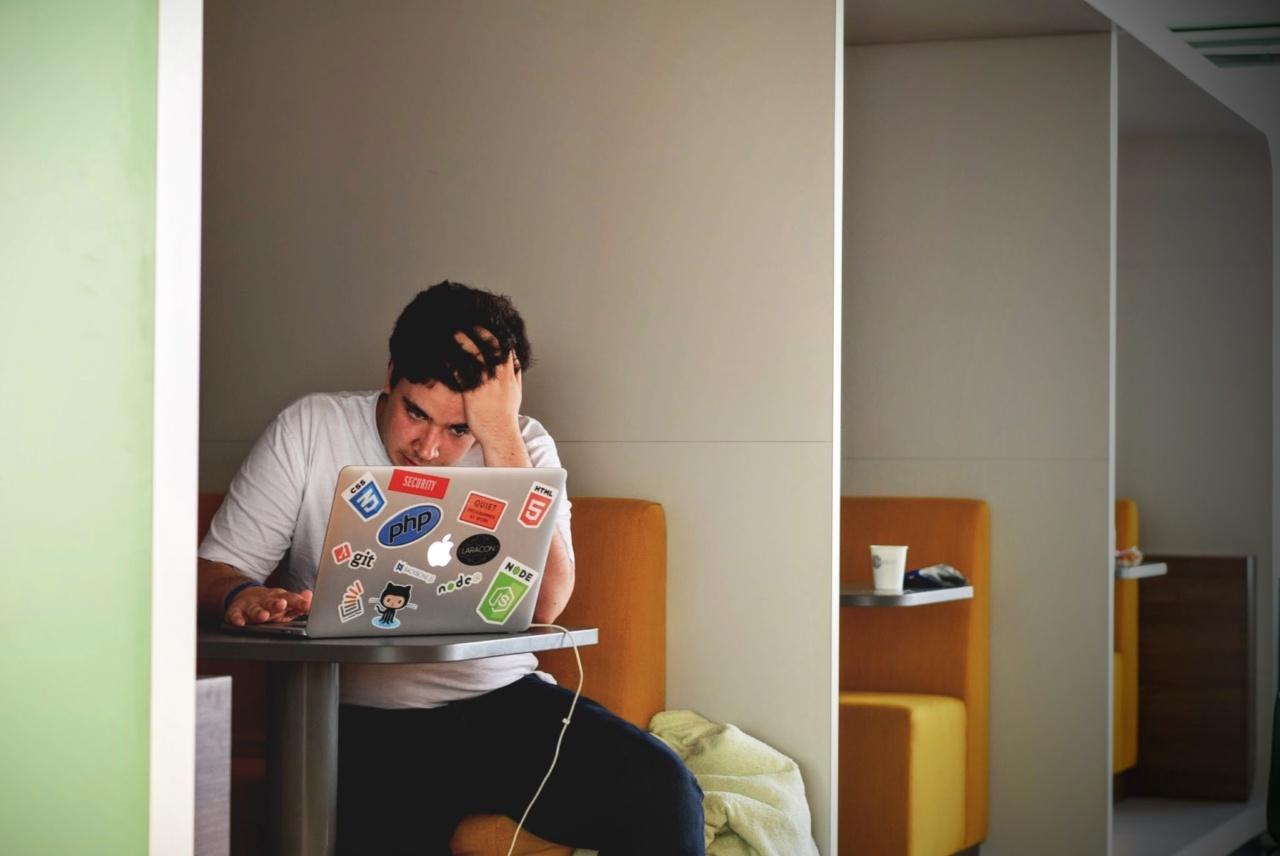Work-related stress has become increasingly common in today’s fast-paced and demanding workplaces.
With the constant pressure to perform, meet deadlines, and juggle multiple responsibilities, it’s no wonder that many individuals are struggling to cope with the stress that comes with their job. But who exactly is struggling the most when it comes to stressful work? In this article, we will explore different factors that contribute to stress at work and identify the groups of people who are particularly vulnerable to its effects.
The Impact of Stressful Work
Stressful work can have a profound impact on both the physical and mental well-being of individuals. Extended periods of excessive stress can lead to burnout, insomnia, anxiety, depression, and a weakened immune system.
Furthermore, chronic stress can also negatively affect relationships, job performance, and overall quality of life. Given these detrimental consequences, it is crucial to identify the groups of people who are most susceptible to experiencing high levels of stress in the workplace.
High-Stress Industries
Some industries are inherently more stressful than others due to their nature, demands, and working conditions. For example, professions in healthcare, emergency services, law enforcement, and the military are known for their high-stress environments.
Medical professionals often have to make life-or-death decisions under extreme pressure, while emergency service providers and law enforcement officers deal with crises and unpredictable situations on a regular basis. These industries amplify the stress levels of their workers and require specialized coping mechanisms and support systems to effectively manage the strain.
The Impact of Leadership Style
The leadership style within an organization can greatly contribute to stress levels among employees.
Autocratic and micromanaging leaders who exert excessive control and fail to provide autonomy and support to their subordinates often create a toxic work environment that fosters stress and anxiety. On the other hand, leaders who practice participative management, encourage open communication, and provide resources for professional development can significantly reduce stress levels within their teams.
Workload and Time Pressure
An overwhelming workload coupled with unrealistic deadlines is a recipe for stress in any workplace.
When employees are constantly bombarded with tasks and have insufficient time to complete them, it can lead to feelings of being overwhelmed and unsupported. This can increase stress levels and decrease job satisfaction. Additionally, certain industries require employees to work irregular hours, night shifts, or long hours, further exacerbating the stress associated with workload and time pressure.
Job Insecurity and Precarious Work
The rise of precarious work arrangements, such as temporary contracts, freelance gigs, and the gig economy, has created a sense of job insecurity for many individuals.
The fear of losing one’s livelihood or not being able to find stable employment can be a significant source of stress. These workers often lack the benefits, stability, and social support that come with traditional employment, making them more vulnerable to the negative effects of stress.
Work-Life Imbalance
Maintaining a healthy work-life balance is essential for overall well-being, but it has become increasingly challenging in today’s always-connected world.
With the advancement of technology, employees are expected to be available outside of regular working hours, blurring the boundaries between work and personal life. This constant accessibility and the inability to disconnect can increase stress levels and prevent individuals from fully engaging in their personal lives, leading to burnout and dissatisfaction.
Discrimination and Workplace Harassment
Discrimination and workplace harassment can have serious psychological and emotional consequences on individuals.
Experiencing discrimination based on factors such as race, gender, age, or sexual orientation can create a hostile work environment, leading to increased stress and decreased job satisfaction. Organizations that fail to address these issues not only harm their employees but also create a toxic culture that impacts overall productivity and well-being.
The Role of Support Systems
Having strong support systems in place can significantly help individuals cope with stress at work.
Supportive colleagues, understanding managers, and access to counseling or employee assistance programs can make a substantial difference in managing and reducing stress levels. Building a culture of support within the workplace can contribute to higher job satisfaction, improved mental health, and overall better work outcomes.
Conclusion
Stressful work can affect individuals across various industries, leadership styles, and work arrangements.
However, certain groups are more vulnerable to the negative effects of workplace stress, such as those in high-stress industries like healthcare and emergency services, individuals with autocratic leaders, those facing job insecurity, and those with imbalanced work-life integration. Recognizing the factors that contribute to stress at work is crucial in implementing strategies to reduce stress and foster a healthy work environment.






























